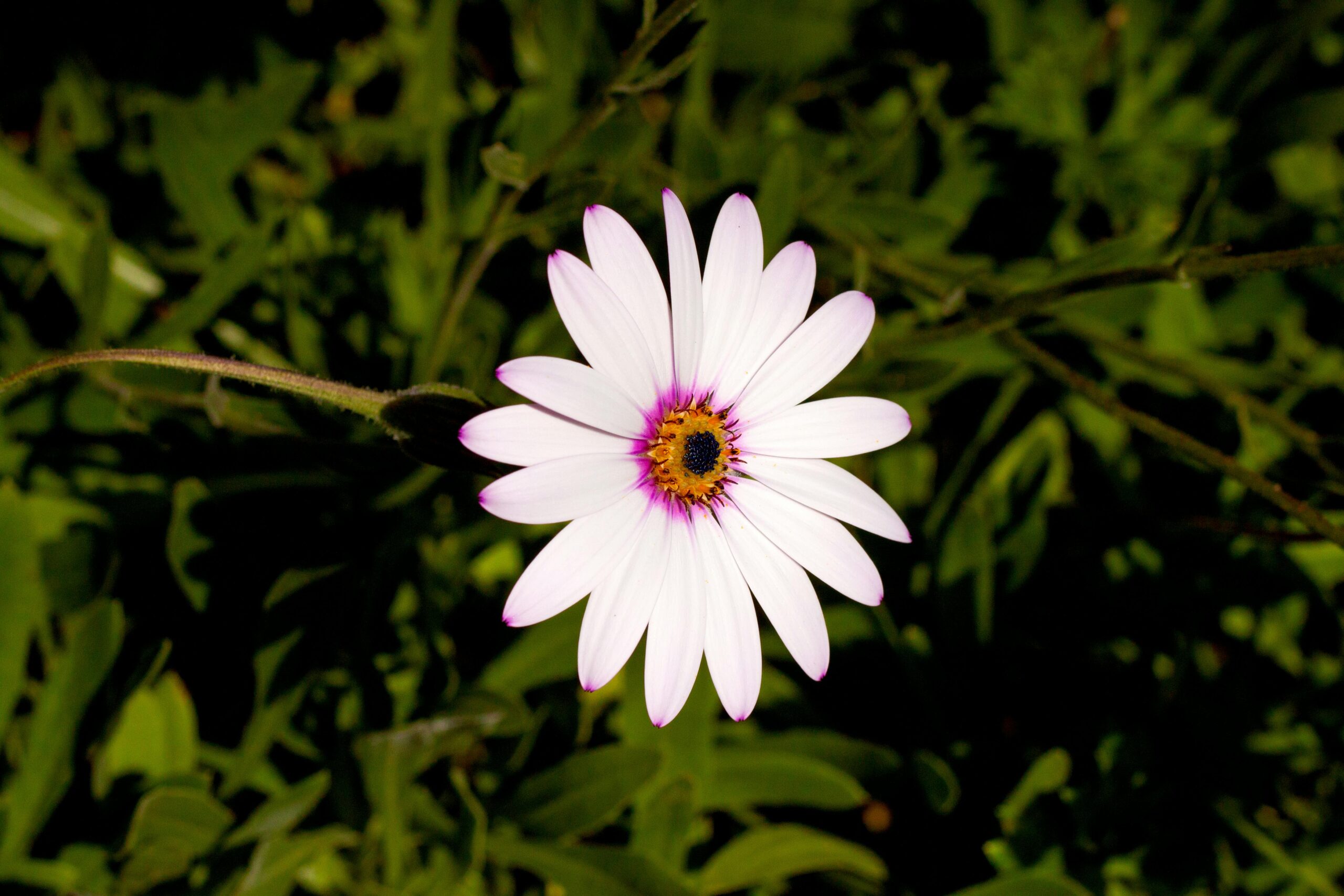The Asteraceae family, also known as the sunflower or daisy family, is the largest flowering plant family, comprising around 1,600 genera and 23,000 species. This diverse group of plants is found worldwide, except in Antarctica, and plays a crucial role in plant evolution and diversification.

In a recent study, researchers delved into the genetic diversity of the Asteraceae family by examining the chloroplast gene rps 11, which encodes the ribosomal protein of the smaller subunit 11. By analyzing the nucleotide and amino acid sequences of this gene across 16 selected Asteraceae species, the researchers aimed to uncover the evolutionary relationships within this remarkable plant family.
the Genetic Tapestry of the Asteraceae Family
The Asteraceae family is a global powerhouse, with its members found across the world, from the tropics to the temperate regions. These plants are known for their distinctive flower heads, where numerous small florets are arranged on a receptacle, often surrounded by bracts. With such a vast diversity, understanding the evolutionary relationships within the Asteraceae family is a crucial task for botanists and plant scientists.
Harnessing the Power of Chloroplast DNA
To explore the genetic diversity of the Asteraceae family, the researchers focused on the chloroplast gene rps 11, which has been widely used in phylogenetic studies. Chloroplast DNA (cpDNA) is a preferred target for such analyses due to its conserved nature and exceptional genetic potential compared to nuclear DNA. The researchers collected plant samples from various regions of Pakistan, extracted high-quality genomic DNA, and designed specific primers to amplify the rps 11 gene.
Unraveling the Evolutionary Relationships
The researchers used a combination of molecular and bioinformatics analyses to investigate the genetic variability among the 16 selected Asteraceae species. They constructed phylogenetic trees based on both nucleotide and amino acid sequences of the rps 11 gene, revealing intriguing insights into the evolutionary relationships within the family.
The phylogenetic trees showed two major clusters, with one cluster comprising 11 species and the other containing 3 species. Interestingly, the amino acid-based tree demonstrated greater diversity among the studied species compared to the nucleotide-based tree, suggesting that protein-level analysis can provide a more nuanced understanding of the family’s evolutionary history.
Structural Insights into the rps 11 Protein
In addition to the phylogenetic analysis, the researchers also explored the three-dimensional (3D) protein structures of the rps 11 protein across the 16 Asteraceae species. Using advanced computational tools, they generated and validated the protein models, highlighting the structural conservation and variation within the family.
The Ramachandran plot analysis, a widely used technique to assess protein structure quality, revealed that the rps 11 protein structures of Tagetes minuta, Xanthium strumarium, Lactuca sativa, and Chrysanthemum indicum exhibited exceptional quality, with over 90% of residues in the allowed region and less than 2% in the disallowed region.
Navigating the Complexities of Molecular Evolution
While the current study provides valuable insights into the genetic diversity and evolutionary relationships within the Asteraceae family, the researchers acknowledge that the rps 11 gene alone may not be sufficient to conclusively establish its potential as a reliable phylogenetic marker. They recognize the limitations of the neutral theory of molecular evolution, which forms the basis of their analysis, and suggest exploring alternative theories, such as the maximum genetic diversity theory, to gain a more comprehensive understanding of the family’s evolutionary dynamics.
Unlocking the Secrets of the Asteraceae Family
The research presented in this study highlights the complexity and richness of the Asteraceae family, showcasing the power of combining molecular analysis and structural modeling to unravel the genetic relationships within this diverse plant group. As the researchers delve deeper into the application of the maximum genetic diversity theory, they aim to shed further light on the evolutionary trajectories of the Asteraceae family, potentially paving the way for more accurate phylogenetic analyses and a better understanding of this remarkable plant group.


Fig. 1

Fig. 2
Author credit: This article is based on research by Syeda Anber Zahra, Javed Iqbal, Banzeer Ahsan Abbasi, Sobia Kanwal, Mona S. Alwahibi, Mohamed S. Elshikh, Muhammad Rizwan, Rashid Iqbal, Tariq Mahmood.
For More Related Articles Click Here
